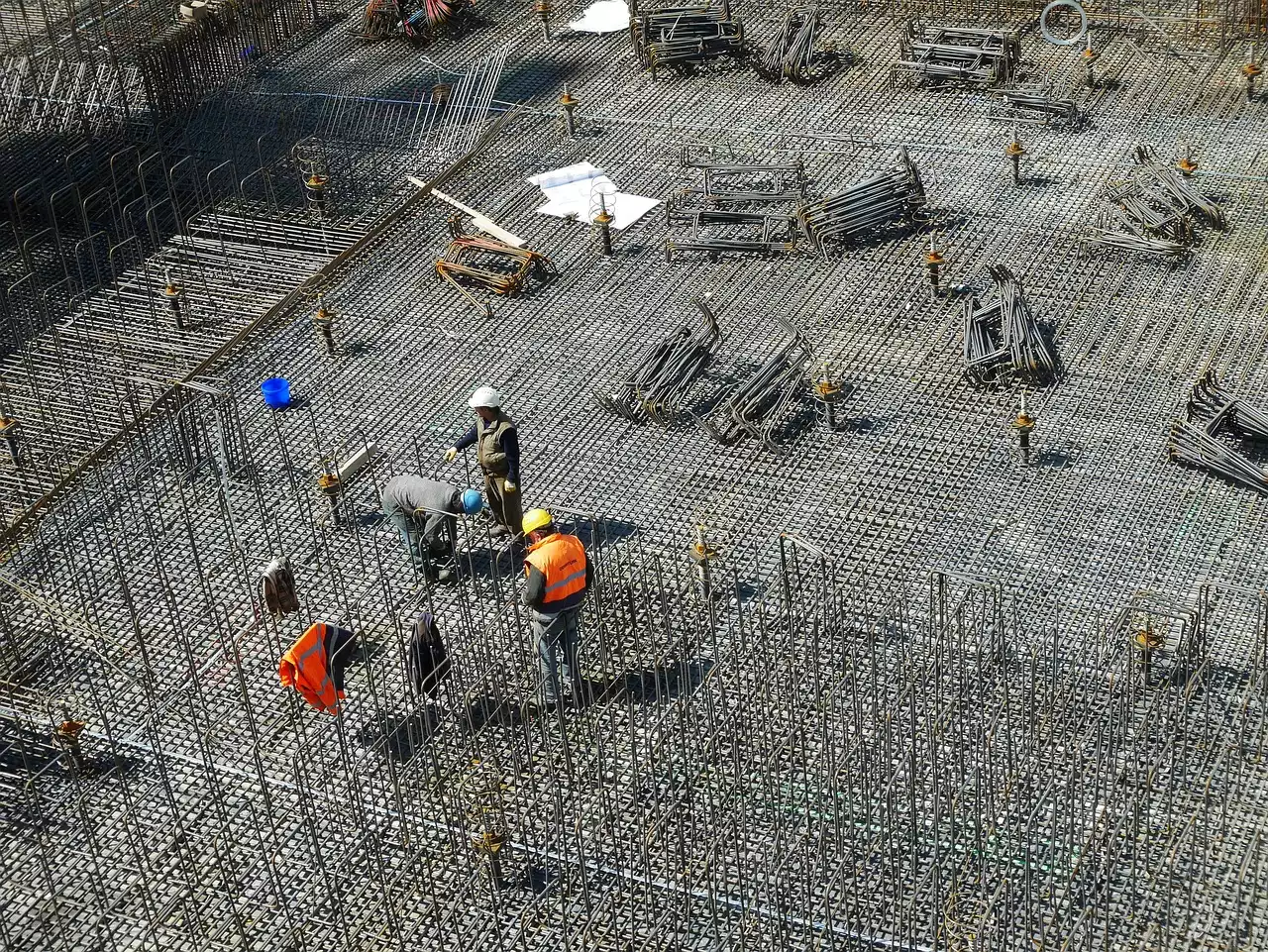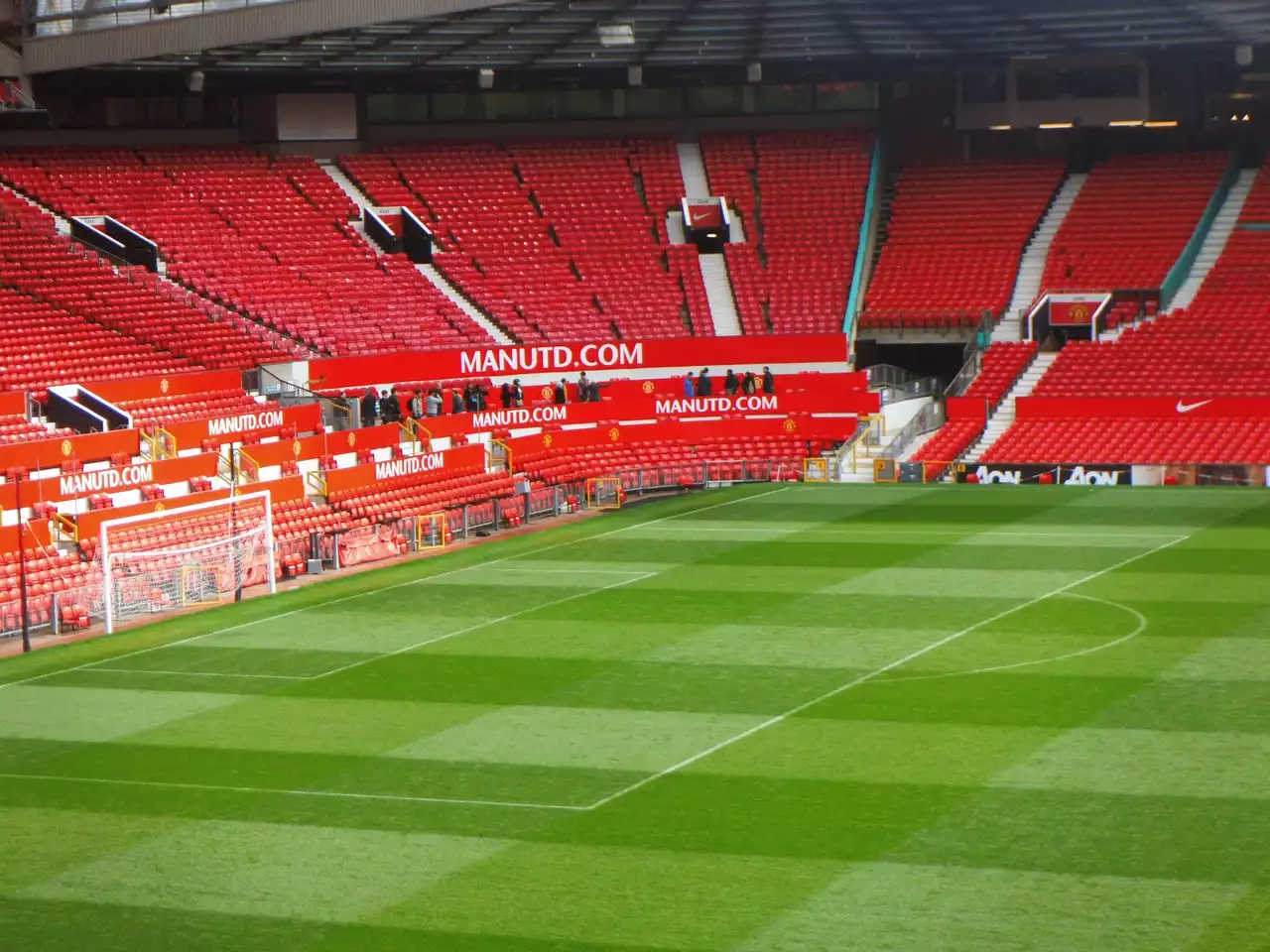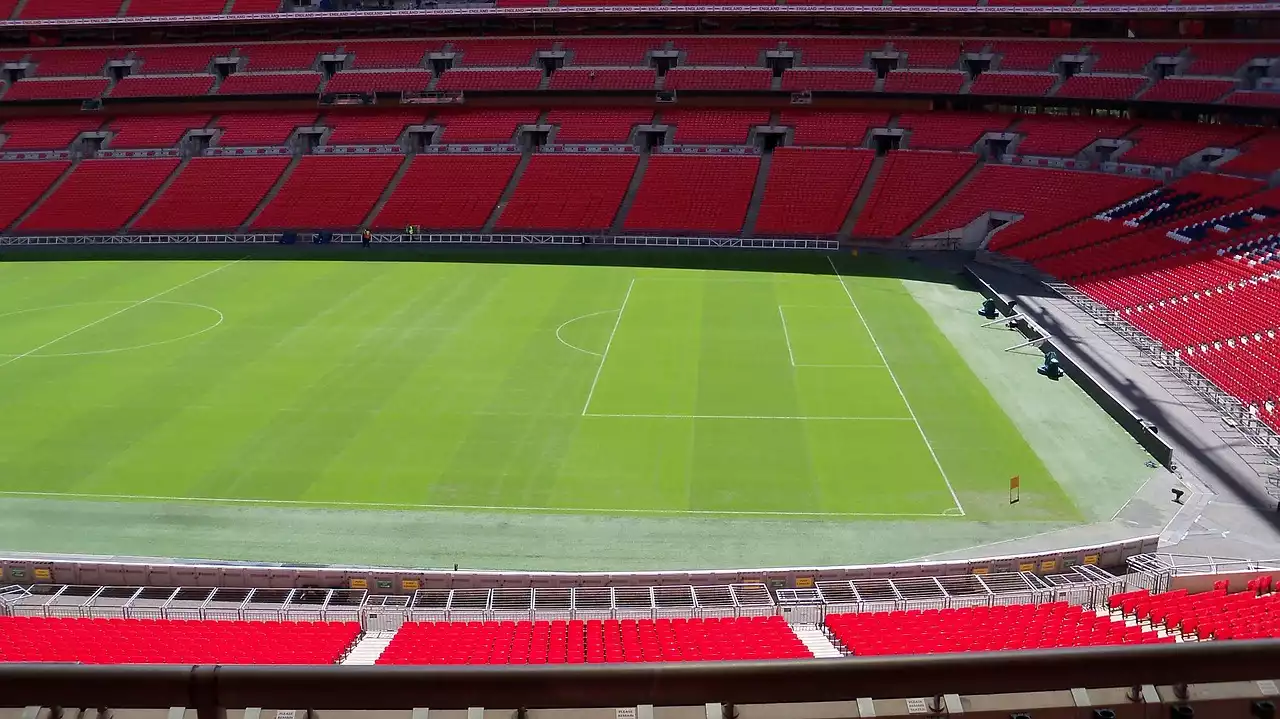Historical context: Stadium safety issues in early FA Cup matches
In the early days of the FA Cup, stadium safety was not a significant concern. Matches were often held in small, cramped venues with limited infrastructure to accommodate the growing number of spectators. As a result, safety issues were prevalent, and tragic incidents were not uncommon. The lack of proper crowd control measures and inadequate facilities posed significant risks to the fans.
One such incident occurred during the 1902 FA Cup final between Sheffield United and Southampton. The match was held at Crystal Palace, which, at the time, was not equipped to handle the large crowds. With thousands of fans trying to enter the stadium, chaos ensued, leading to injuries and stampedes. This incident exposed the need for improved safety measures and prompted discussions on how to prevent similar tragedies in the future.
The FA recognized the urgency to address these safety concerns and began implementing basic safety measures, such as erecting barriers to separate the crowd from the playing field. However, these initial steps were not enough to prevent further incidents, and more substantial changes were required to ensure the safety of the fans.
Key incidents and tragedies that led to changes in stadium safety regulations
Throughout the history of the FA Cup, several incidents and tragedies have played a pivotal role in shaping the regulations and standards for stadium safety. These incidents served as wake-up calls, highlighting the pressing need for improved safety measures. One such tragedy occurred during the 1946 FA Cup semi-final between Bolton Wanderers and Stoke City at Burnden Park.
During the match, a crush developed in one of the terraces, resulting in the deaths of 33 spectators and injuring hundreds more. This devastating incident shocked the nation and led to immediate action. The Football Association established a committee to investigate the causes of the disaster and propose solutions to prevent future occurrences.
The committee's report highlighted the inadequate infrastructure, overcrowding, and poor crowd management as the main contributing factors to the tragedy. As a result, the Safety of Sports Grounds Act 1975 was introduced, which mandated safety certifications for all stadiums hosting FA Cup matches. This marked a turning point in stadium safety regulations, forcing clubs to address the shortcomings in their facilities and prioritize the well-being of the fans.
The Hillsborough disaster and its impact on stadium safety measures
One of the most significant tragedies in the history of stadium safety occurred during the 1989 FA Cup semi-final between Liverpool and Nottingham Forest at Hillsborough Stadium. The match turned into a nightmare when overcrowding in one of the stands led to a crush that resulted in the deaths of 96 Liverpool fans and injured hundreds more. This catastrophic event not only shocked the footballing world but also exposed the deep-rooted flaws in stadium safety protocols.
The Hillsborough disaster prompted a comprehensive investigation led by Lord Justice Taylor. The Taylor Report, published in 1990, laid bare the systemic failures that contributed to the tragedy. It highlighted issues such as inadequate crowd control, poor stadium design, and outdated safety regulations. The report called for a complete overhaul of stadium safety measures and recommended significant changes to prevent similar incidents in the future.
The most notable recommendation of the Taylor Report was the introduction of all-seater stadiums. This meant that standing areas, which were considered a major risk for overcrowding and crushing, were gradually phased out. The report also emphasized the importance of improved stadium design, crowd management training for stewards, and better communication systems within the stadium. These changes marked a new era in stadium safety and set the foundation for further improvements in the coming years.
The Taylor Report and its recommendations for improving stadium safety
The Taylor Report's recommendations had a profound impact on stadium safety in FA Cup matches and football stadiums across the country. One of the key recommendations was the implementation of all-seater stadiums to eliminate standing areas. This shift from standing to seating had a significant impact on crowd control and reduced the risk of overcrowding and crushing incidents.
Additionally, the report emphasized the need for improved stadium infrastructure and design. Stadiums were required to have wider concourses, increased exit points, and better access for emergency services. These changes aimed to enhance the flow of spectators and ensure swift evacuation in case of emergencies.
The Taylor Report also recognized the importance of trained stewards and security personnel in maintaining stadium safety. It called for standardized training programs to equip stewards with the necessary skills to handle crowd control, emergency situations, and conflict resolution. This professionalization of stewarding significantly improved the safety and security of fans during FA Cup matches.
Implementation of stadium safety measures in FA Cup matches
Following the Taylor Report, clubs and governing bodies took immediate action to implement the recommended stadium safety measures. Stadium redevelopment projects were initiated to meet the new standards set by the report. Older stadiums underwent extensive renovations to improve facilities, increase capacity, and ensure compliance with safety regulations.
In addition to the physical changes, the implementation of technology played a crucial role in enhancing stadium safety. Closed-circuit television (CCTV) cameras were installed throughout the stadiums to monitor crowd behavior, identify potential risks, and aid in crowd management. Metal detectors and bag checks became common practice to prevent prohibited items from entering the stadiums.
Furthermore, ticketing systems were modernized to facilitate better crowd control and reduce the risk of counterfeit tickets. Electronic ticketing and access control systems allowed for seamless entry and improved the overall flow of spectators. These measures not only enhanced safety but also improved the fan experience by reducing queues and wait times.
Technology advancements in stadium safety
As technology continued to advance, new innovations revolutionized stadium safety in FA Cup matches. The introduction of biometric systems, such as fingerprint and facial recognition, further strengthened access control and reduced the risk of ticket fraud. These systems allowed for swift and secure entry, minimizing the potential for bottlenecks at the entrances.
Furthermore, the use of artificial intelligence (AI) and video analytics has significantly enhanced the capabilities of CCTV cameras. AI-powered monitoring systems can detect anomalies in crowd behavior, identify potential threats, and alert security personnel in real-time. This proactive approach to crowd management has proven to be highly effective in preventing incidents and ensuring the safety of fans.
Another notable technological advancement is the development of emergency response systems. Integrated communication networks, including mobile apps and digital signage, allow for instant communication between stadium authorities, security personnel, and fans. These systems enable prompt evacuation instructions, emergency alerts, and real-time updates, ensuring a coordinated and efficient response in critical situations.
Collaborative efforts between clubs, governing bodies, and fans to enhance stadium safety
Ensuring stadium safety is a collective responsibility that requires collaboration between clubs, governing bodies, and fans. In recent years, there has been a growing emphasis on involving fans in the safety processes and empowering them to contribute to a secure environment during FA Cup matches.
Clubs have established fan engagement initiatives, such as safety steward programs, where fans can volunteer to assist in maintaining order and ensuring the safety of fellow spectators. These programs not only provide an extra layer of security but also foster a sense of community and shared responsibility among fans.
Governing bodies, such as the Football Association and the Premier League, continue to develop and enforce strict safety regulations. Regular inspections of stadiums are conducted to ensure compliance and identify areas for improvement. These governing bodies also provide guidance and support to clubs in implementing best practices and staying up-to-date with the latest safety technologies.
Furthermore, fans themselves play a crucial role in enhancing stadium safety. Initiatives like "See Something, Say Something" encourage fans to report any suspicious activities or concerns to stewards and security personnel. This collaborative approach creates a safer environment and demonstrates the commitment of fans to the well-being of their fellow supporters.
The role of stewards and security personnel in maintaining stadium safety
Stewards and security personnel play a vital role in maintaining stadium safety during FA Cup matches. Their presence and vigilance ensure that fans can enjoy the matches in a secure and orderly environment. Stewards are responsible for crowd control, monitoring spectator behavior, and responding to any safety concerns.
Proper training and ongoing education are essential for stewards and security personnel to effectively carry out their duties. Training programs cover a wide range of areas, including conflict resolution, emergency response procedures, and crowd management techniques. Regular drills and simulations are conducted to test their preparedness and ensure they can handle any potential situation.
In recent years, there has been a shift towards a more customer-focused approach to stewarding. Stewards are trained not only in safety and security protocols but also in providing excellent customer service. This approach aims to create a positive and welcoming atmosphere for fans while maintaining a high level of safety and security.
The future of stadium safety in FA Cup matches
The evolution of stadium safety in FA Cup matches has been remarkable, but the journey is far from over. As technology continues to advance, new opportunities arise to further enhance fan protection and create even safer environments.
One area that holds great promise is the use of data analytics and predictive modeling. By analyzing data from various sources, including ticketing systems, CCTV cameras, and social media, stadiums can identify potential risks and proactively address them. This data-driven approach can help optimize crowd management strategies, allocate resources more effectively, and identify areas for improvement.
Additionally, the integration of smart technologies within stadiums offers exciting possibilities for enhancing safety. Internet of Things (IoT) devices can be used to monitor crowd density, detect potential hazards, and provide real-time updates to fans and security personnel. For example, smart sensors can detect overcrowding in specific areas and direct fans to less congested routes, ensuring a smoother flow of spectators.
Furthermore, virtual reality (VR) and augmented reality (AR) technologies can be utilized for training purposes. Stewards and security personnel can undergo virtual simulations to practice emergency response procedures and improve their decision-making skills in high-pressure situations.










